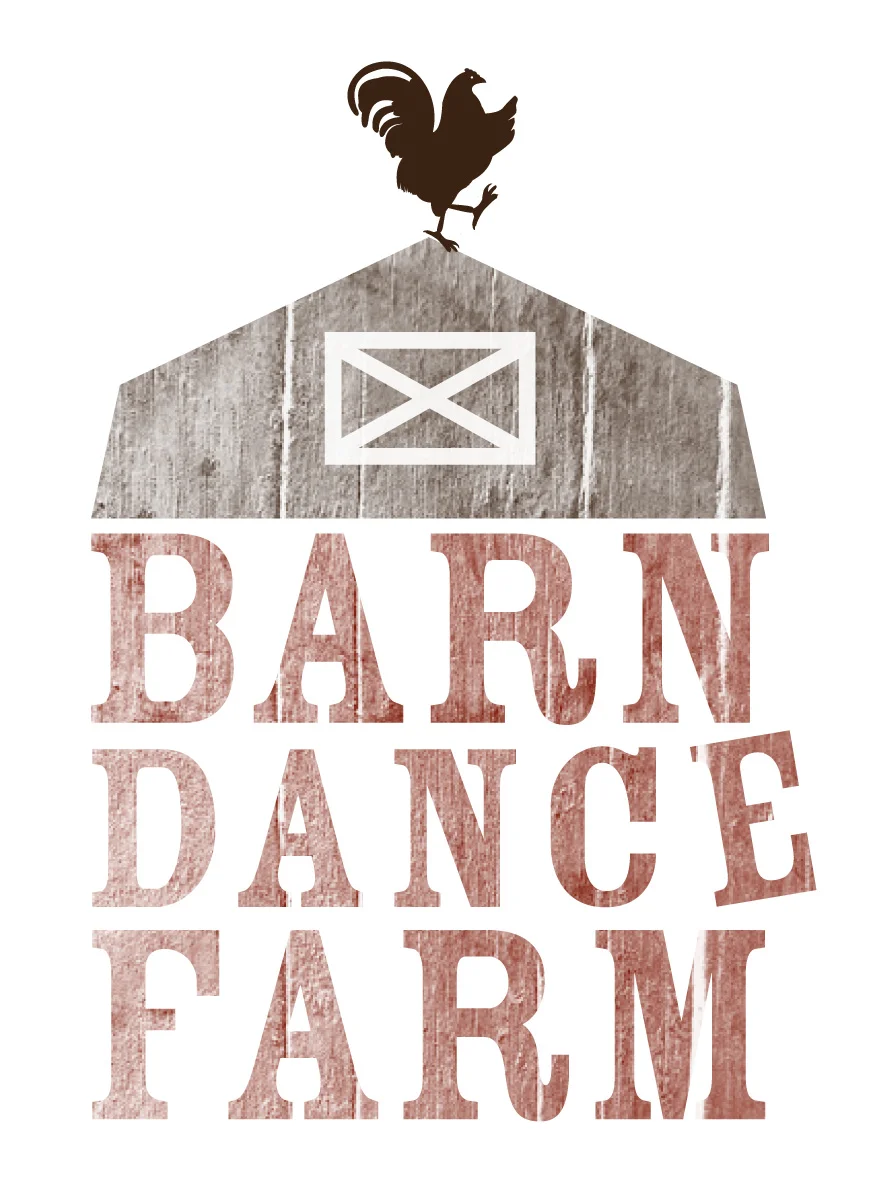The Native Grass Pasture
One of our core beliefs is to restore the land to its native grasses. This will involve establishing a diverse mix of grasses and wildflowers. We want this diversity to mimic how nature works. The grazing animals will want a smorgasbord of grasses and wildflowers to eat. Like us, they will want to eat different things at different times. They don't want to eat the same grass over and over just like we don't eat the same food for every meal.
The native grasses will take more time and management to establish but will reward us with continually improving soils and land. They have extensive root systems that often reach four feet into the soil. This means the pasture will be much more drought tolerant. We will diversify the pasture by seeding different wildflowers. This will be both aesthetically pleasing and some plants called legumes will provide the ability to fix nitrogen. These plants have symbiotic bacteria on root nodules that can utilize the Nitrogen from the air and increase the Nitrogen in the plant. When the plant is eaten or decays there is available Nitrogen in the soil. A natural fertilizer.
There will be three main groups of plants: cool season grasses, warm season grasses and the wildflowers or legumes.
Cool season grasses are meant to green up earlier in the spring, slow down their growth in the hot summers and have a secondary growth again in the late summer and fall. Some examples include:
Slender wheatgrass
Western wheatgrass
Canada wild rye
Warm season grasses will begin to grow later in the spring and early summer. They will thrive during the summer months . These two different types of grass will compliment each other very well and allow for fresh grass throughout the growing season and hopefully into fall and early winter. Some examples of warm season grasses include:
Big bluestem
Indian grass
Little bluestem
Side oats grams
Switch grass
The wildflowers will add diversity, beauty and help with the natural fertilization of the soil by fixing nitrogen. There are many, many different wildflowers that could be planted. We will look at their specific properties as well as costs and put a mix in. Some examples include:
Purple/white prairie clover
Black-eyed Susan
Hoary vervain
Lead plant
Tick trefoil
Blue wild indigo
Wild bergamot
We will look at some of these grasses specifically in the coming posts as well as coming up with a seeding plan and the actual land preparation and seeding.


